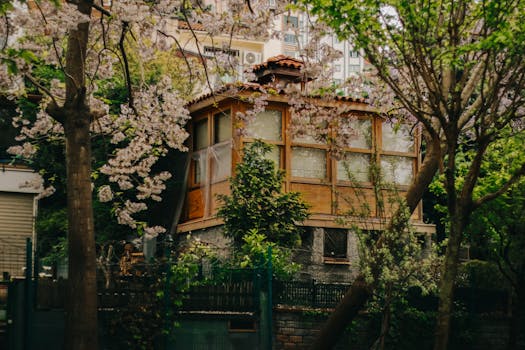
Urban Green Spaces: The Future of Outdoor Living in European Cities by 2025
Urban Green Spaces are becoming increasingly important in European cities, and it’s easy to see why. As the world becomes more urbanized, the need for green spaces has never been more pressing. By 2025, urban green spaces will play a vital role in shaping the future of outdoor living in European cities.
Introduction to Urban Green Spaces
Urban green spaces refer to areas of greenery in urban environments, such as parks, gardens, and green roofs. These spaces provide numerous benefits to both the environment and the people living in urban areas. They help to reduce air pollution, mitigate the urban heat island effect, and provide habitats for urban wildlife.
The Benefits of Urban Green Spaces
The benefits of urban green spaces are numerous. They include:
- Improved air quality
- Reduced noise pollution
- Increased biodiversity
- Improved mental health and well-being
- Increased opportunities for physical activity
European Cities Leading the Way
Many European cities are leading the way in terms of urban green spaces. Cities such as Copenhagen, Stockholm, and Amsterdam have incorporated green spaces into their urban planning, and the results are impressive. These cities have seen improvements in air quality, reduced noise pollution, and increased biodiversity.
The Future of Outdoor Living in European Cities
By 2025, urban green spaces will play a vital role in shaping the future of outdoor living in European cities. As cities continue to urbanize, the need for green spaces will only increase. We can expect to see more green roofs, urban parks, and community gardens popping up in cities across Europe.
Conclusion
In conclusion, urban green spaces are the future of outdoor living in European cities. They provide numerous benefits to both the environment and the people living in urban areas. As we look to the future, it’s clear that urban green spaces will play a vital role in shaping the way we live, work, and play in European cities.






